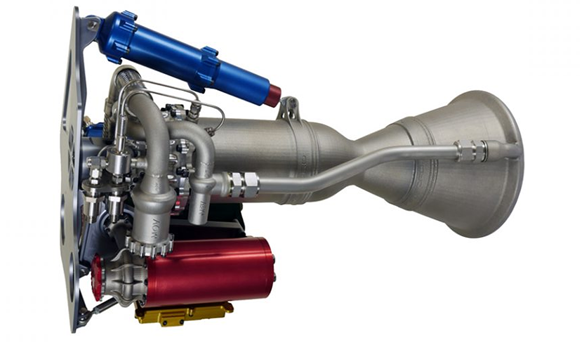Rocket Lab reaches 2,000 hot-fires of its Rutherford engines
June 25, 2022

Rocket Lab, Long Beach, California, USA, reports that it has completed the 2,000th successful hot fire of its additively manufactured, electric pump-fed Rutherford engines. The engines, which are used as both a first and second stage engine, feature a combustion chamber, injectors, pumps and main propellant valves which are all produced using Electron Beam Powder Bed Fusion (PBF-EB) Additive Manufacturing.
The company’s Rutherford engines have helped deliver 146 satellites to space and are expected to soon play a part in launching missions past Earth’s orbit to the Moon and beyond. Rocket Labs’ Rutherford engines are also said to have been essential to making Electron the second most-frequently launched US rocket annually, as well as enabling frequent launches for small satellites.
To-date, 260 of the company’s Rutherford engines have been launched into space – in some cases, Rocket Lab has received them back thanks to recovery missions.
Rocket Lab was founded in New Zealand in 2006. It now has headquarters in Long Beach and three launch pads at two launch sites, including two launch pads at a private orbital launch site located in New Zealand and a second launch site in Virginia, USA, which is expected to become operational in late 2022.
The end-to-end space company which delivers launch services, spacecraft components, satellites and other spacecraft and on-orbit management solutions to access space more affordable and efficient. The company designs and manufactures the Electron small orbital launch vehicle and the Photon satellite platform and is developing the Neutron 8-ton payload class launch vehicle.
















